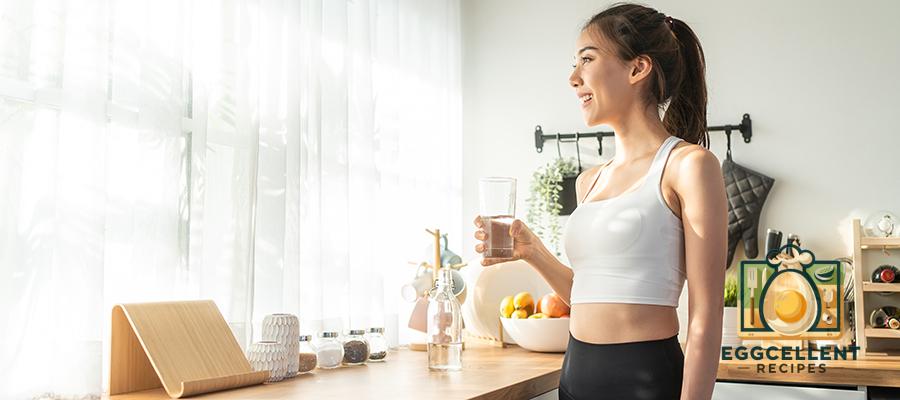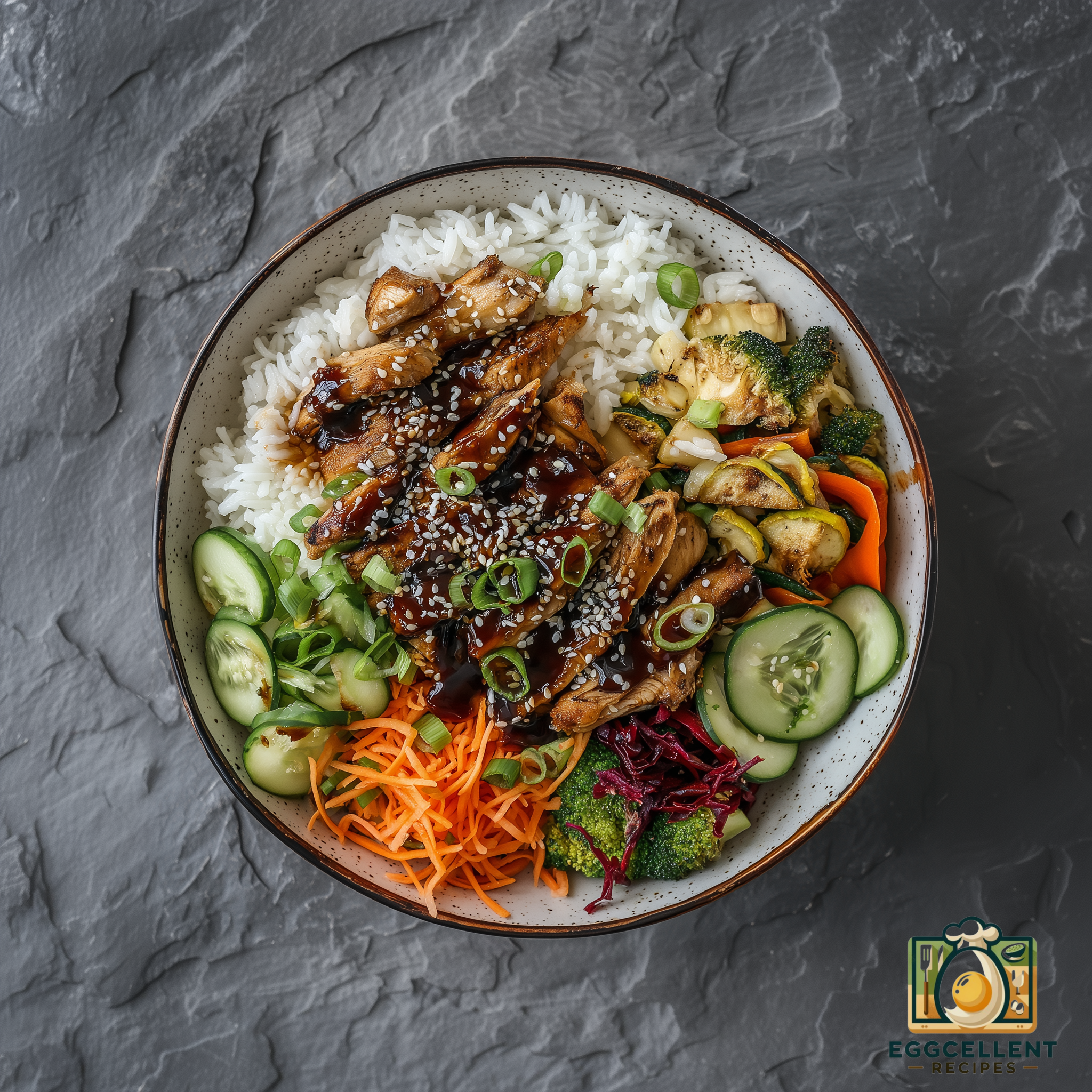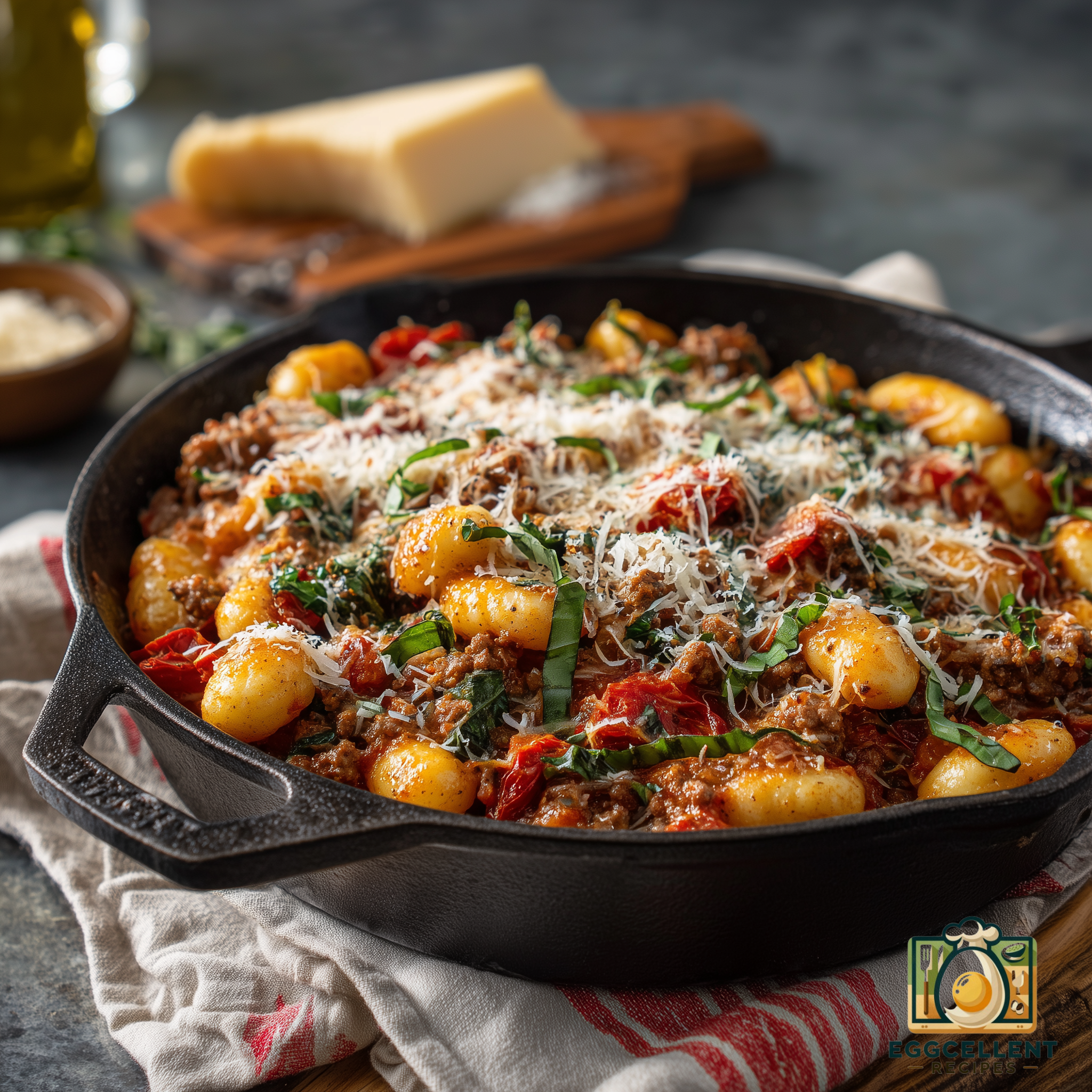Overview
Introduction to Easter egg decoration
Easter egg decoration is a beloved tradition that brings joy and creativity to the holiday season. Whether you’re a seasoned pro or just starting out, there are endless possibilities for fun and creative ways to decorate Easter eggs. From traditional dyeing techniques to unique and innovative designs, the art of Easter egg decoration allows individuals to showcase their artistic talents and express their personal style. In this article, we will explore some exciting and inspiring ideas to make your Easter egg decorating experience truly memorable.
Importance of decorating Easter eggs
Decorating Easter eggs is an important tradition that has been passed down for generations. It is a fun and creative way to celebrate the Easter holiday and bring joy to both children and adults. The act of decorating eggs symbolizes new life and rebirth, which is a central theme of Easter. By taking the time to decorate eggs, we are able to express our creativity and create beautiful works of art. Additionally, decorating Easter eggs provides an opportunity for families to come together and bond over a shared activity. Whether it is dyeing the eggs, painting them, or adding intricate designs, the process of decorating Easter eggs allows us to showcase our individuality and create lasting memories. So, next Easter, be sure to gather your loved ones and embrace the importance of decorating Easter eggs!
Different techniques and materials used
There are several different techniques and materials used to decorate Easter eggs. From traditional methods like dyeing and painting to more creative approaches like decoupage and embellishments, there are endless possibilities to make your Easter eggs stand out. Whether you prefer a classic and elegant look or a fun and whimsical design, these techniques and materials allow you to express your creativity and make each egg unique. So, let’s explore the home of egg recipes and discover the exciting ways to decorate Easter eggs!
Traditional Easter Egg Designs
Classic dyeing techniques
Classic dyeing techniques are a timeless tradition when it comes to decorating Easter eggs. These techniques involve using simple dyes made from natural ingredients such as onion skins, beet juice, or turmeric to create beautiful and vibrant colors. The eggs are typically boiled in the dye mixture, allowing the colors to seep into the shells and create unique patterns and designs. This method of egg decorating has been passed down through generations and continues to be a popular choice for Easter celebrations.
Using wax resist method
The wax resist method is a popular technique used to decorate Easter eggs. It involves using hot wax to create intricate designs on the eggshell. The process starts by heating the wax and applying it to the egg using a tool such as a stylus or a small brush. Once the wax has cooled and hardened, the egg is then dipped into a dye bath. The areas covered in wax resist the dye, creating a beautiful contrast between the dyed and undyed areas. After the dye has dried, the wax is carefully removed, revealing the intricate design underneath. This method allows for endless creativity and experimentation, as different patterns and colors can be combined to create unique and personalized Easter eggs.
Creating intricate patterns with stickers
Creating intricate patterns with stickers is a fun and creative way to decorate Easter eggs. Stickers offer endless possibilities for designing unique and eye-catching patterns on the eggs. Whether you prefer geometric shapes, floral designs, or whimsical characters, stickers can help you achieve the desired look with ease. Simply choose your favorite stickers and carefully place them on the egg’s surface, creating intricate patterns that will impress your friends and family. The best part is that stickers are easy to use and can be easily removed if you want to change the design. So, get your stickers ready and let your creativity shine this Easter!
Natural and Organic Easter Egg Decorations
Using natural dyes from fruits and vegetables
One fun and creative way to decorate Easter eggs is by using natural dyes made from fruits and vegetables. Not only does this method produce beautiful and vibrant colors, but it is also a more eco-friendly and sustainable option compared to using artificial dyes. By utilizing ingredients such as beets, blueberries, turmeric, and spinach, you can create a wide range of natural dyes that will give your Easter eggs a unique and organic look. Experiment with different combinations and techniques to achieve the desired colors and patterns. This natural dyeing process can be a fun activity for the whole family to enjoy and adds an extra element of creativity to your Easter celebrations.
Creating patterns with leaves and flowers
One fun and creative way to decorate Easter eggs is by creating patterns with leaves and flowers. This technique involves placing leaves or flowers onto the surface of the egg and then wrapping it tightly with a piece of fabric or pantyhose. The egg is then boiled in a mixture of water, vinegar, and food coloring to create a beautiful and unique pattern. The natural shapes and textures of the leaves and flowers transfer onto the egg, resulting in a stunning design. This method allows for endless possibilities, as different types of leaves and flowers can be used to create various patterns and designs. It is a great way to add a touch of nature to your Easter egg decorations.
Experimenting with food coloring and spices
One fun and creative way to decorate Easter eggs is by experimenting with food coloring and spices. Instead of using traditional dye kits, try using natural ingredients like turmeric, beet juice, and onion skins to create unique and vibrant colors. You can also add spices like paprika, cinnamon, and nutmeg to give your eggs a subtle fragrance. This method allows you to explore different color combinations and create one-of-a-kind designs that are sure to impress your family and friends.
Creative Easter Egg Painting
Painting Easter eggs with acrylics
Painting Easter eggs with acrylics is a fun and creative way to decorate your Easter eggs. Acrylic paints are vibrant and easy to use, allowing you to create beautiful and intricate designs. To get started, gather your materials including acrylic paints in various colors, paintbrushes, and a palette. Begin by carefully cleaning and drying your eggs to ensure the paint adheres properly. Then, use your paintbrushes to apply the acrylic paint to the eggs, experimenting with different techniques such as blending colors or creating patterns. Once the paint is dry, you can add additional details or embellishments using markers or glitter. The possibilities are endless when it comes to painting Easter eggs with acrylics, so let your creativity shine and have fun with this festive activity!
Using watercolor techniques
Watercolor techniques can add a beautiful and artistic touch to your Easter eggs. By using a wet-on-wet technique, you can create a soft and blended effect with different colors. Simply wet your egg with water and then apply watercolor paint using a brush or sponge. You can also experiment with different brush strokes and layering techniques to create unique patterns and designs. Another fun idea is to use a resist technique, where you apply a layer of wax or crayon before painting with watercolors. This creates a beautiful effect as the wax resists the paint, resulting in interesting textures and patterns. Whether you choose to create a vibrant and abstract design or a delicate and pastel-colored egg, using watercolor techniques is a fun and creative way to decorate Easter eggs.
Creating unique designs with dot painting
Dot painting is a fun and creative technique to decorate Easter eggs. By using a dotting tool or even the end of a paintbrush, you can create unique and intricate designs on the surface of the eggs. The dotting technique allows for precise control and the ability to create patterns, shapes, and even pictures. Whether you prefer a simple polka dot design or a more elaborate mandala pattern, dot painting offers endless possibilities to make your Easter eggs stand out. Experiment with different colors, sizes, and spacing of the dots to create a truly personalized and eye-catching design. Get ready to impress your family and friends with your artistic skills this Easter!
Easter Egg Decorating with Decoupage
Using decorative paper and glue
One fun and creative way to decorate Easter eggs is by using decorative paper and glue. This technique allows you to create unique and eye-catching designs on your eggs. To get started, gather your materials including various patterns of decorative paper, scissors, and glue. Cut the paper into small shapes or strips and apply a thin layer of glue onto the back. Carefully press the paper onto the egg, smoothing out any wrinkles or bubbles. Repeat this process with different paper designs until the entire egg is covered. Once the glue is dry, you can add additional embellishments such as glitter or ribbon to further enhance the design. This method of decorating Easter eggs is not only enjoyable but also allows for endless creativity and personalization.
Adding layers of tissue paper
Adding layers of tissue paper is a fun and creative way to decorate Easter eggs. By carefully applying different colors and patterns of tissue paper to the egg surface, you can create a unique and textured design. To start, gather various colors of tissue paper and cut them into small pieces. Then, apply a thin layer of glue or Mod Podge to the egg and place the tissue paper pieces on top, overlapping them to create depth and dimension. Allow the glue to dry completely before adding additional layers. You can experiment with different combinations of colors and patterns to achieve the desired effect. Adding layers of tissue paper adds a whimsical and vibrant touch to your Easter egg decorations, making them stand out and delighting both kids and adults alike.
Creating a vintage look with napkins
To create a vintage look with napkins, start by choosing napkins with vintage-inspired patterns or designs. These can include floral prints, lace patterns, or delicate motifs. Next, carefully tear the napkins into smaller pieces, focusing on the areas with the most interesting patterns. Apply a thin layer of decoupage glue onto the surface of the egg, then gently place the torn napkin pieces onto the glue, smoothing them out as you go. Once the napkin pieces are in place, apply another layer of decoupage glue over the top to seal them. Allow the glue to dry completely before adding any additional decorations or embellishments. This technique creates a beautiful vintage-inspired look on the Easter eggs, adding a touch of elegance and nostalgia to your holiday decor.
Easter Egg Crafts for Kids
Making Easter egg animals
One of the most fun and creative ways to decorate Easter eggs is by making Easter egg animals. This activity allows you to unleash your imagination and create adorable animal characters out of simple eggs. You can use various materials such as paints, markers, and craft supplies to add details and bring your animal creations to life. Whether you choose to make bunnies, chicks, or even farm animals, making Easter egg animals is a great way to add a whimsical touch to your Easter decorations.
Creating egg characters with googly eyes
Creating egg characters with googly eyes is a fun and creative way to decorate Easter eggs. By adding googly eyes to the eggs, you can give them personality and turn them into adorable little characters. Whether you want to create animals, monsters, or even famous characters, the possibilities are endless. Simply glue the googly eyes onto the eggs and use markers or paint to add additional details. This activity is perfect for kids and adults alike, and it’s a great way to add a playful touch to your Easter decorations.
Using glitter and sequins for sparkly eggs
One fun and creative way to decorate Easter eggs is by using glitter and sequins to create sparkly eggs. This technique adds a glamorous touch to your Easter egg decorations and can make them stand out. To start, gather your supplies, including hard-boiled eggs, glue, glitter, sequins, and a paintbrush. Begin by applying a thin layer of glue to the surface of the egg using the paintbrush. Then, sprinkle glitter or place sequins onto the glue, making sure to cover the entire surface. Allow the glue to dry completely before displaying your sparkly eggs. This method allows you to create unique and eye-catching Easter eggs that are sure to impress your friends and family.
Conclusion
Summary of different Easter egg decorating techniques
Easter is a time for creativity and fun, and one of the most popular activities during this holiday is decorating Easter eggs. There are so many different techniques you can use to create unique and beautiful designs on your eggs. From traditional methods like dyeing and painting to more modern approaches like decoupage and glitter, the possibilities are endless. In this article, we will explore some fun and creative ways to decorate Easter eggs, so you can add a festive touch to your holiday celebrations.
Encouragement to try new and creative ideas
One of the most exciting aspects of decorating Easter eggs is the opportunity to try new and creative ideas. Whether you’re an experienced egg decorator or a beginner, stepping out of your comfort zone and experimenting with different techniques can lead to stunning and unique designs. From using unconventional materials like glitter and fabric to exploring various painting and dyeing techniques, there are endless possibilities to explore. Don’t be afraid to let your imagination run wild and push the boundaries of traditional egg decorating. Embrace the challenge and have fun discovering new ways to make your Easter eggs stand out!
Importance of enjoying the process and having fun
Decorating Easter eggs is not just about the end result, but also about enjoying the process and having fun. It is a time-honored tradition that allows us to unleash our creativity and imagination. Whether it’s experimenting with different colors and patterns or trying out new techniques, the process of decorating Easter eggs is a chance to let our artistic side shine. By embracing the joy and excitement of this activity, we create lasting memories and strengthen bonds with family and friends. So, next time you decorate Easter eggs, remember to let go of perfection and focus on the joy of the journey.






